Acer pseudoplatanus (Sycamore Maple)
Michael's Opinion
A European variety that is seldom used in North America since it might possibly be considered somewhat invasive. A. pseudoplatanus can reach a height of 20+ metres and is a broad, dense canopied tree. Since it occurs in lean, often poor soils it can be used in similar situations in the landscape. A wonderful tree where room permits, such as parks and institutional settings. Best planted where the full form of the tree can be appreciated.
Botanical Information
| Family | Sapindaceae (Aceraceae) |
| Genus | Acer |
| Species | pseudoplatanus |
| Category | Woody |
| Type | Tree (deciduous) |
| Origin | Eastern Europe. |
| Pronunciation |
Details
| USDA Hardiness Zone | 5 |
| USDA Hardiness Ref. | |
| Canadian Hardiness Zone | 4 - 6a |
| Canada Hardiness Ref. | |
| RHS Hardiness Zone | H7 |
| RHS Hardiness Ref. | |
| Temperature (°C) | (-29) - (-23) |
| Temperature (°F) | (-20) - (-10) |
| Height | 20 m |
| Spread | 12 m |
| Growth | Medium |
| Flowering Period | May |
Description and Growing Information
| General Description | A large tree with a somewhat rounded canopy casting dark shade. This species has been placed on the IUCN Red List as least concern. |
| ID Characteristic | It can easily be distinguished from most maples because of its deeply set venation and it's extremely long petiole (10 cm or greater). |
| Shape | Large rounded crown. |
| Landscape | Parks, institutional landscapes and estates where room is not an issue. A. pseudoplatanus is somewhat salt tolerant and hence it may find limited use as a street tree, especially within developments that have private roads but sufficient space for the tree to develop. |
| Propagation | Seed which requires stratification, 5 �C for a minimum of 90 days in moist peat moss. |
| Cultivation | Easy to grow, tolerant of lean soils and winter salt. |
| Pests | It suffers from aphid infestations and the associated sooty mold. |
| Notable Specimens | University of Western Ontario, south of the McIntosh Gallery, London, Ontario, Canada. Godolphin House, Helston, United Kingdom. |
| Habitat | Mountains of Eastern Europe. |
| Bark/Stem Description | Orangish inner bark covered with irregular exfoliating scales that are light grey in colour. |
| Flower/Leaf Bud Description | Terminal buds are prominent remaining green throughout the winter and are similar in size and form to A. plantanoides. |
| Leaf Description | Deeply veined, opposite, 3-5 lobed, dark green above and light grey green below. Deeply veined with an extremely long petiole. |
| Flower Description | Yellowish green flowers on upright panicles to 15 cm. |
| Fruit Description | Samara, ripe in early autumn about 5 cm long. |
| Colour Description | Dark green in the summer with silver undersides to the leaves and turning a dull, mucky brown in the autumn. |
| Texture Description | Rough textured leaves because of the deep venation, smooth on the upper surface. |
Photographs
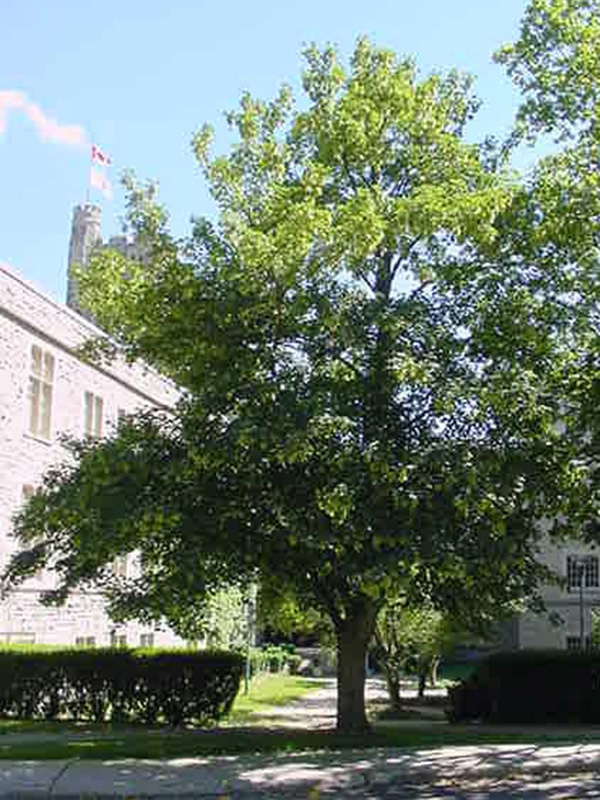
Acer pseudoplatanus, form. University of Western Ontario, south of the McIntosh Gallery, London, Ontario, Canada.
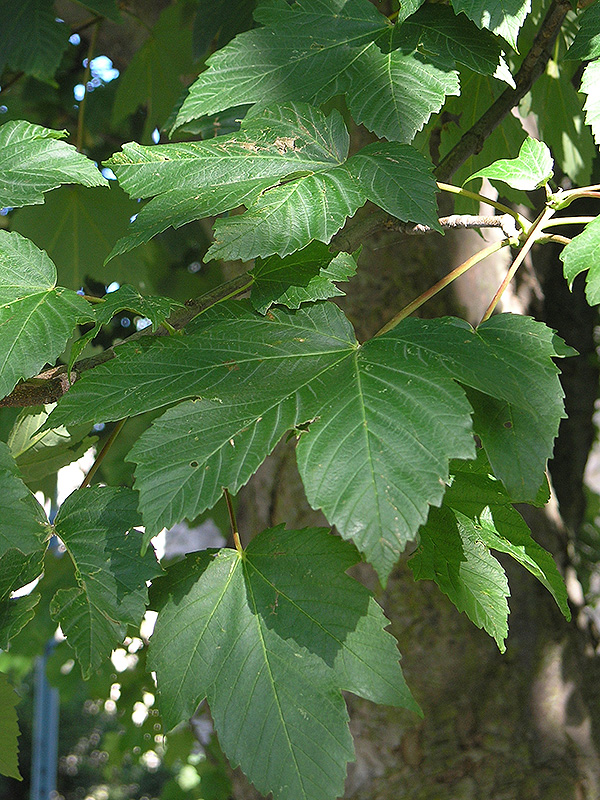
Acer pseudoplatanus, leaf. University of Western Ontario, south of the McIntosh Gallery, London, Ontario, Canada.
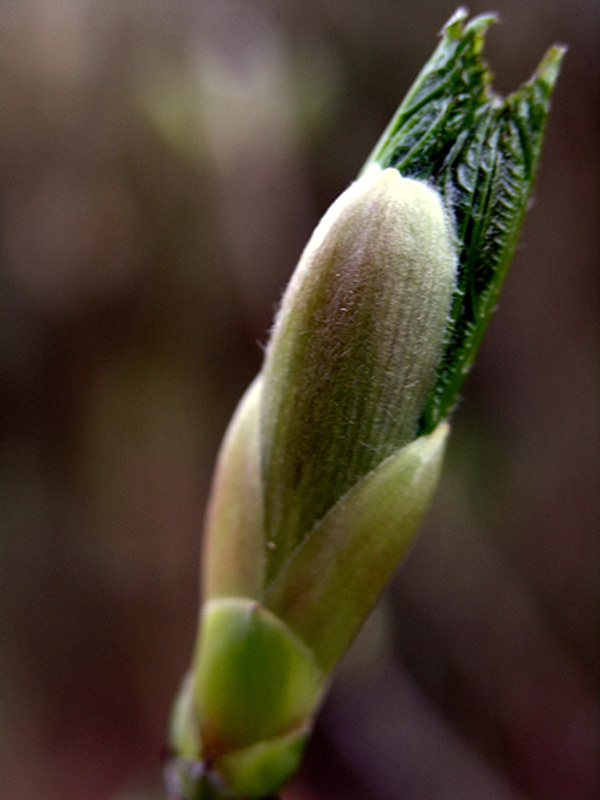
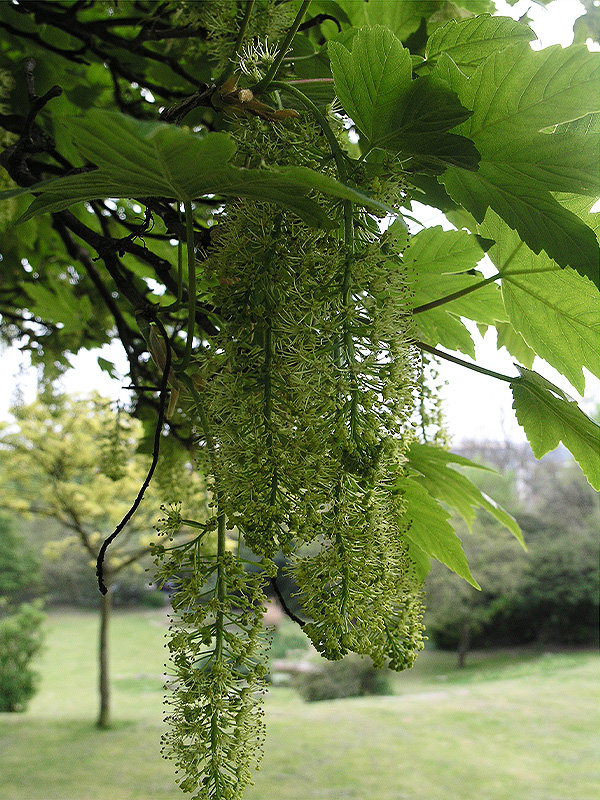
Acer pseudoplatanus, flower. University of Western Ontario, south of the McIntosh Gallery, London, Ontario, Canada.
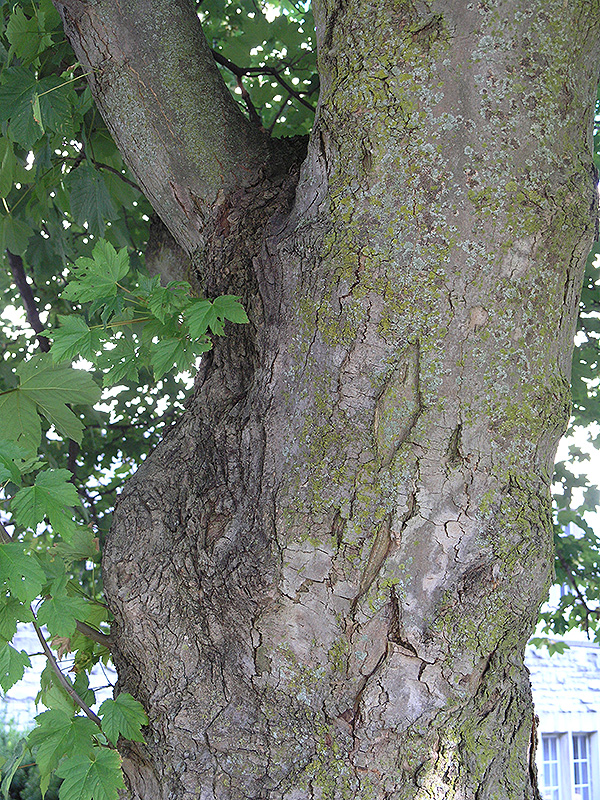
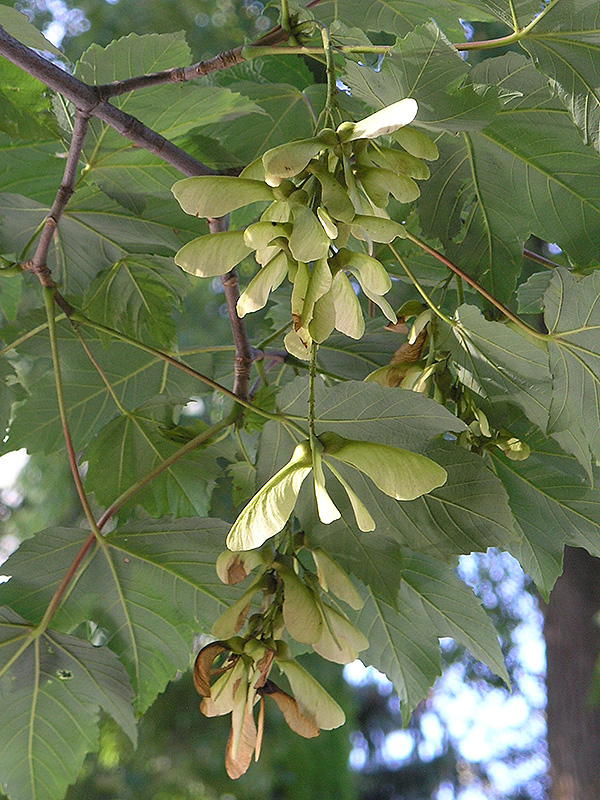
Acer pseudoplatanus, leaf. University of Western Ontario, south of the McIntosh Gallery, London, Ontario, Canada.
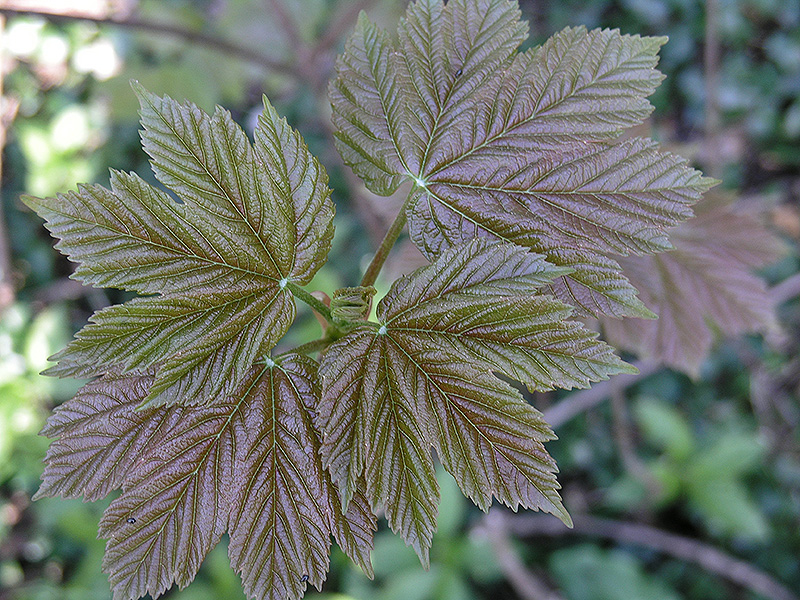
Acer pseudoplatanus, leaf. University of Western Ontario, south of the McIntosh Gallery, London, Ontario, Canada.
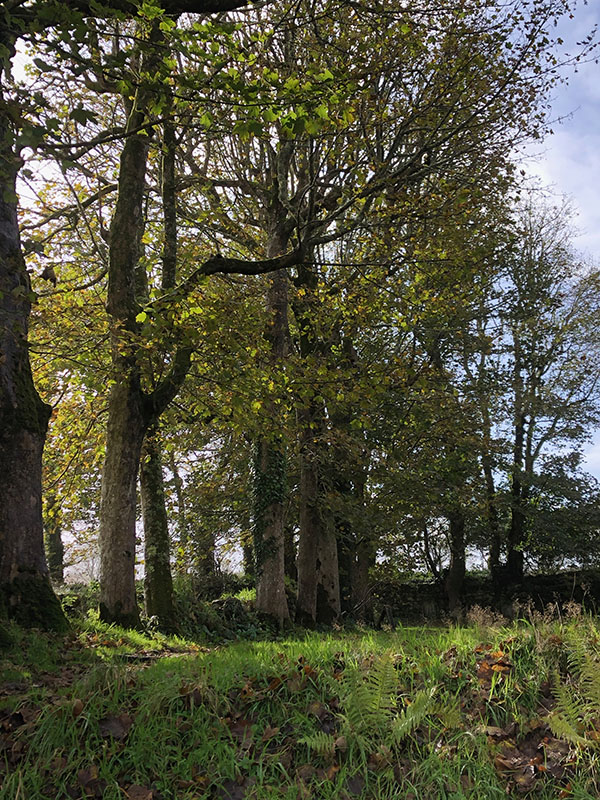
Acer pseudoplatanus, form. Godolphin House, Helston, United Kingdom.
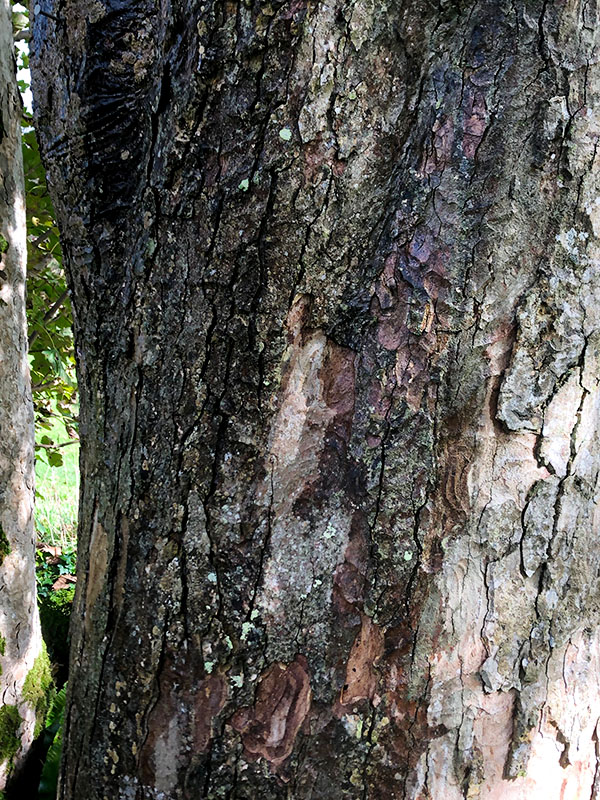
Acer pseudoplatanus, bark. Godolphin House, Helston, United Kingdom.
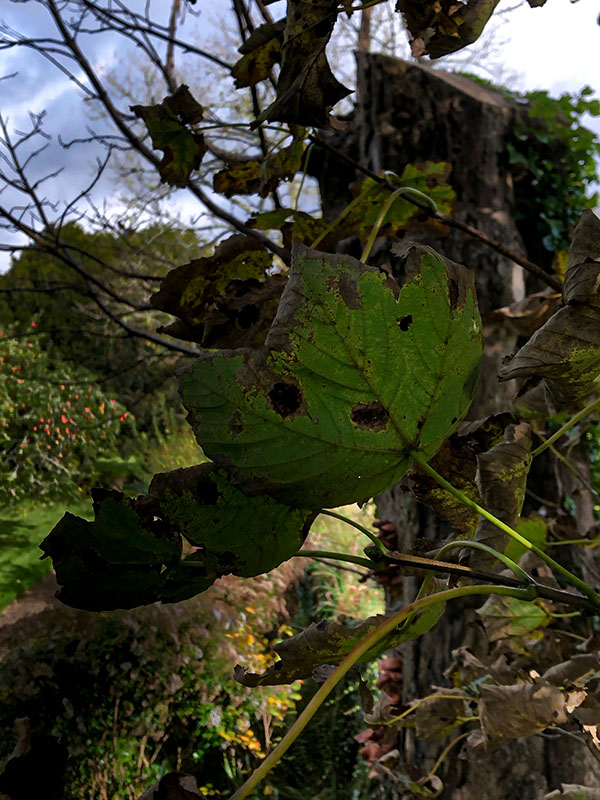
Acer pseudoplatanus, leaf. Godolphin House, Helston, United Kingdom.
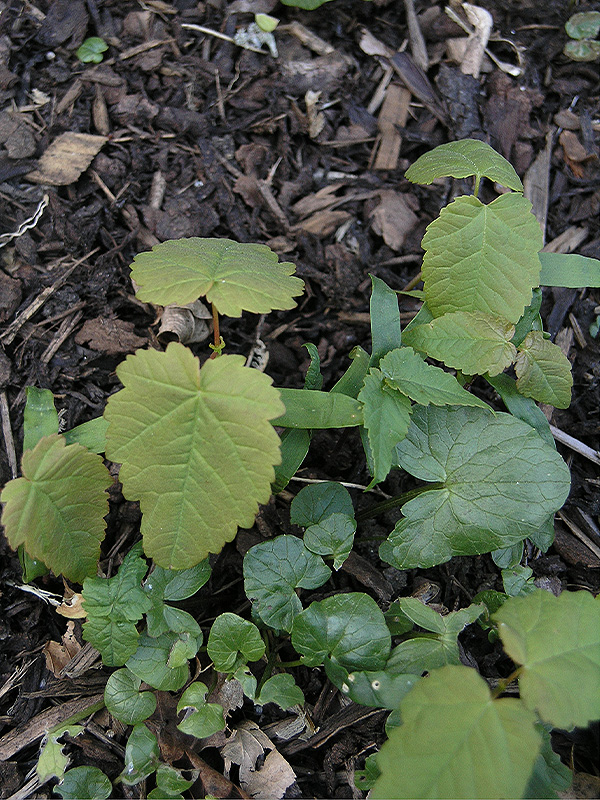
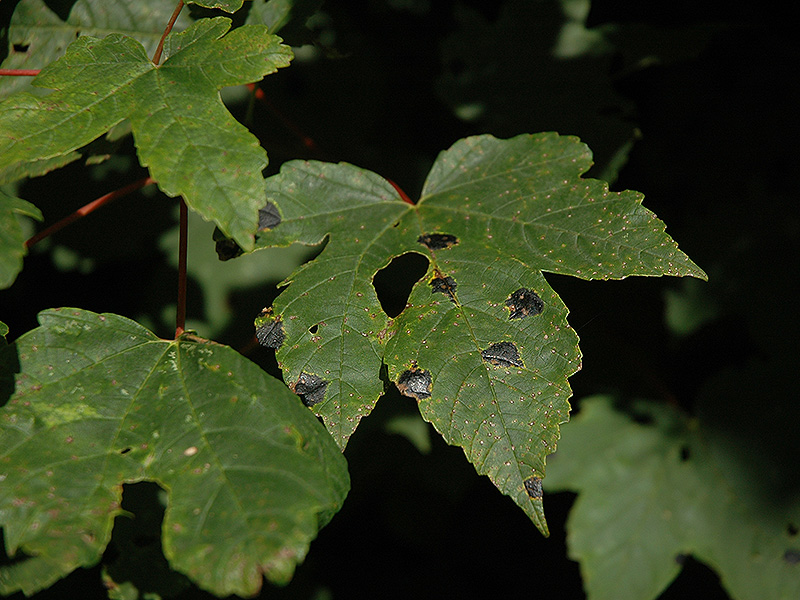
Maple tar spot in late summer.
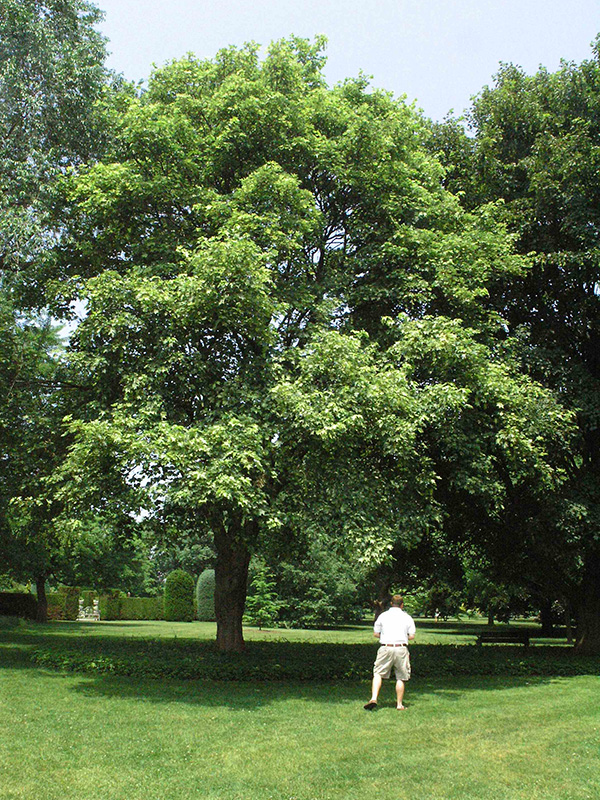
Acer pseudoplatanus 'Leopoldii'
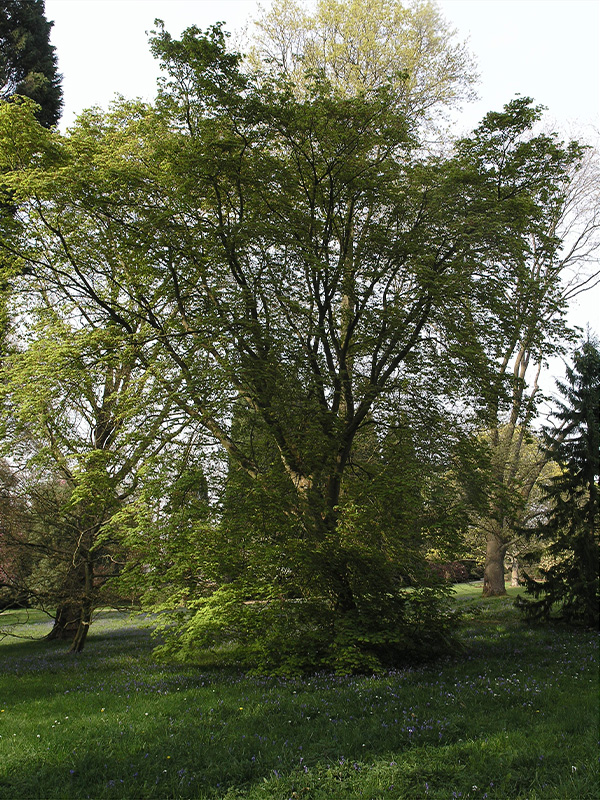
Acer pseudoplatanus 'Atropurpureum'
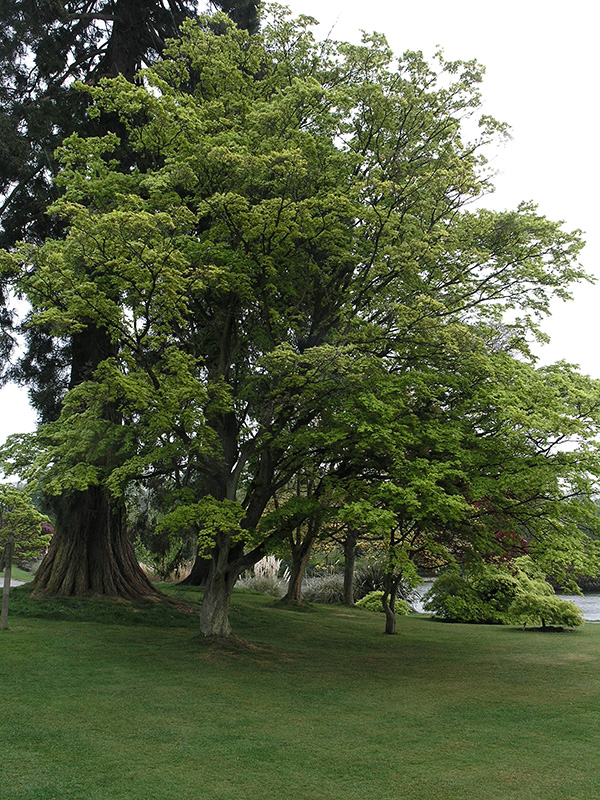
Acer pseudoplatanus 'Brilliantissimum'
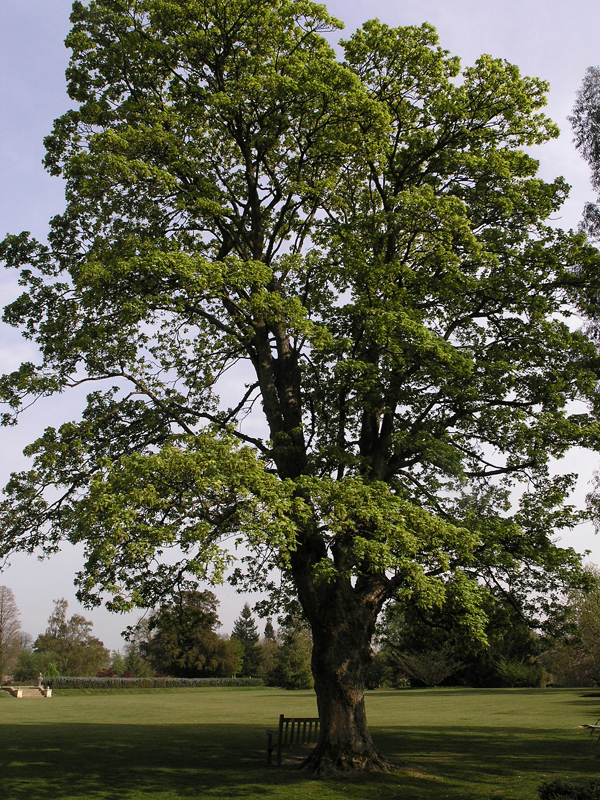
Acer pseudoplatanus 'Variegatum'
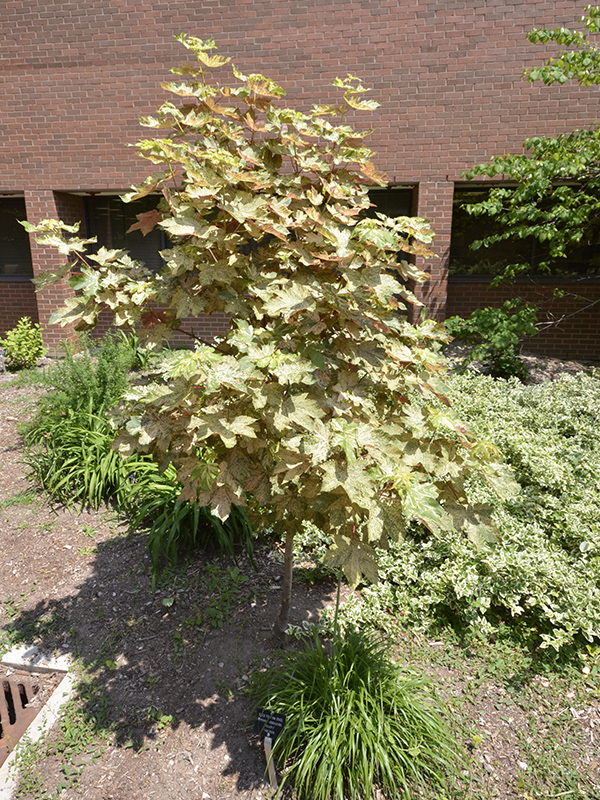
Acer pseudoplantanus 'Eskimo Sunset'